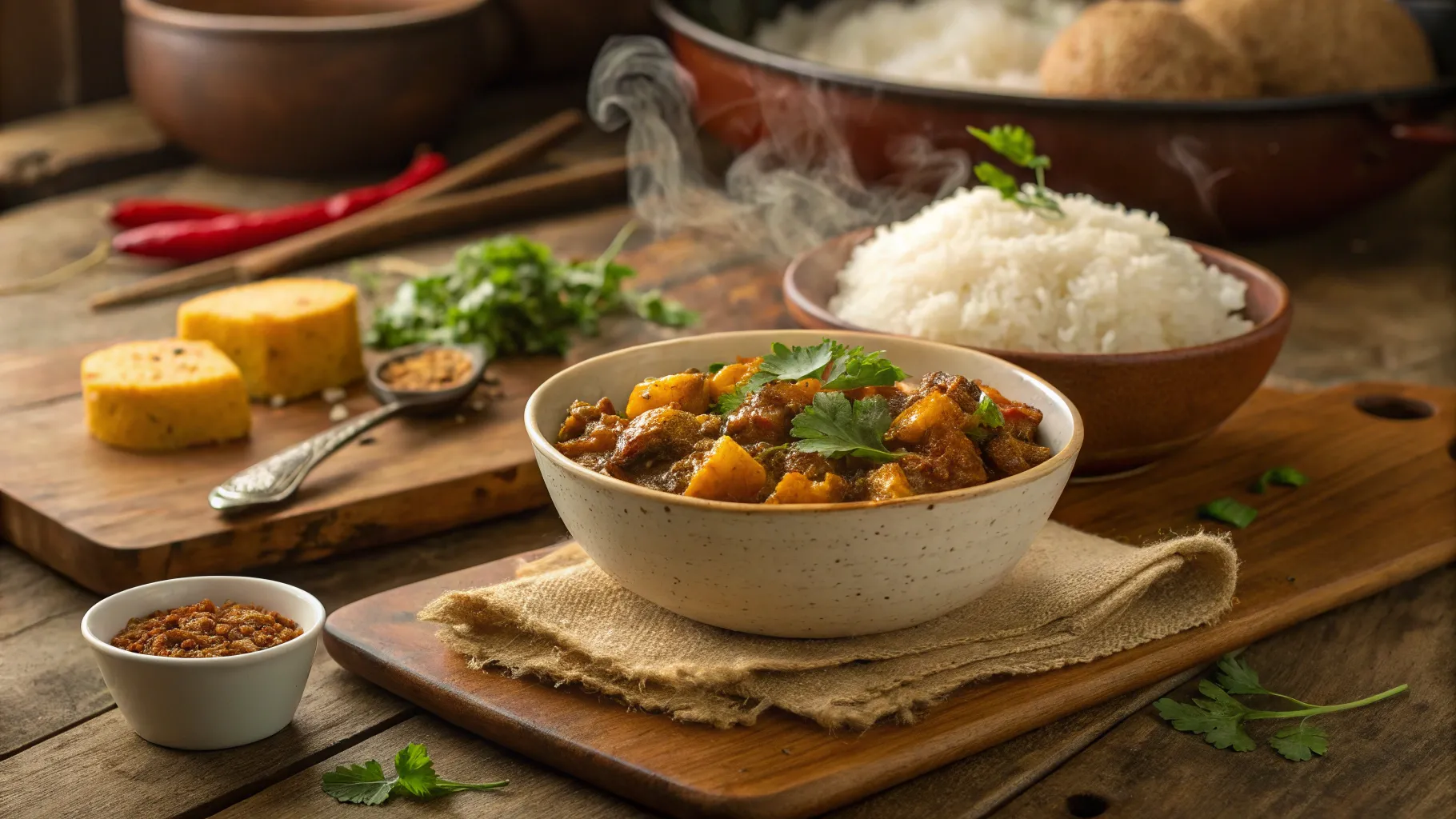
If you're on the lookout for an exciting cooking recipe that brings bold flavors and comforting textures to your table, look no further than the West Columbia style mustard-based BBQ hash. This South Carolina regional favorite skillfully blends tender pork, savory spices, and tangy mustard into a delicious stew-like dish that perfectly complements a bowl of rice. Inspired by the culinary expertise from America's Test Kitchen, this recipe showcases why hash is a beloved staple in barbecue joints across South Carolina. Let’s dive into how to make this mouthwatering hash that’s sure to become a new favorite in your recipe collection.
The Heart of the Dish: Pork Butt and Offal
Great hashes in South Carolina almost always start with pork—and not just any cut. A three-pound pork butt, left untrimmed with its luscious fat cap intact, forms the foundation of this hash. The fat adds richness and depth of flavor that you simply can't replicate with leaner cuts. The pork is cut into roughly one and a half-inch chunks, making it perfect for slow cooking until fall-apart tender.
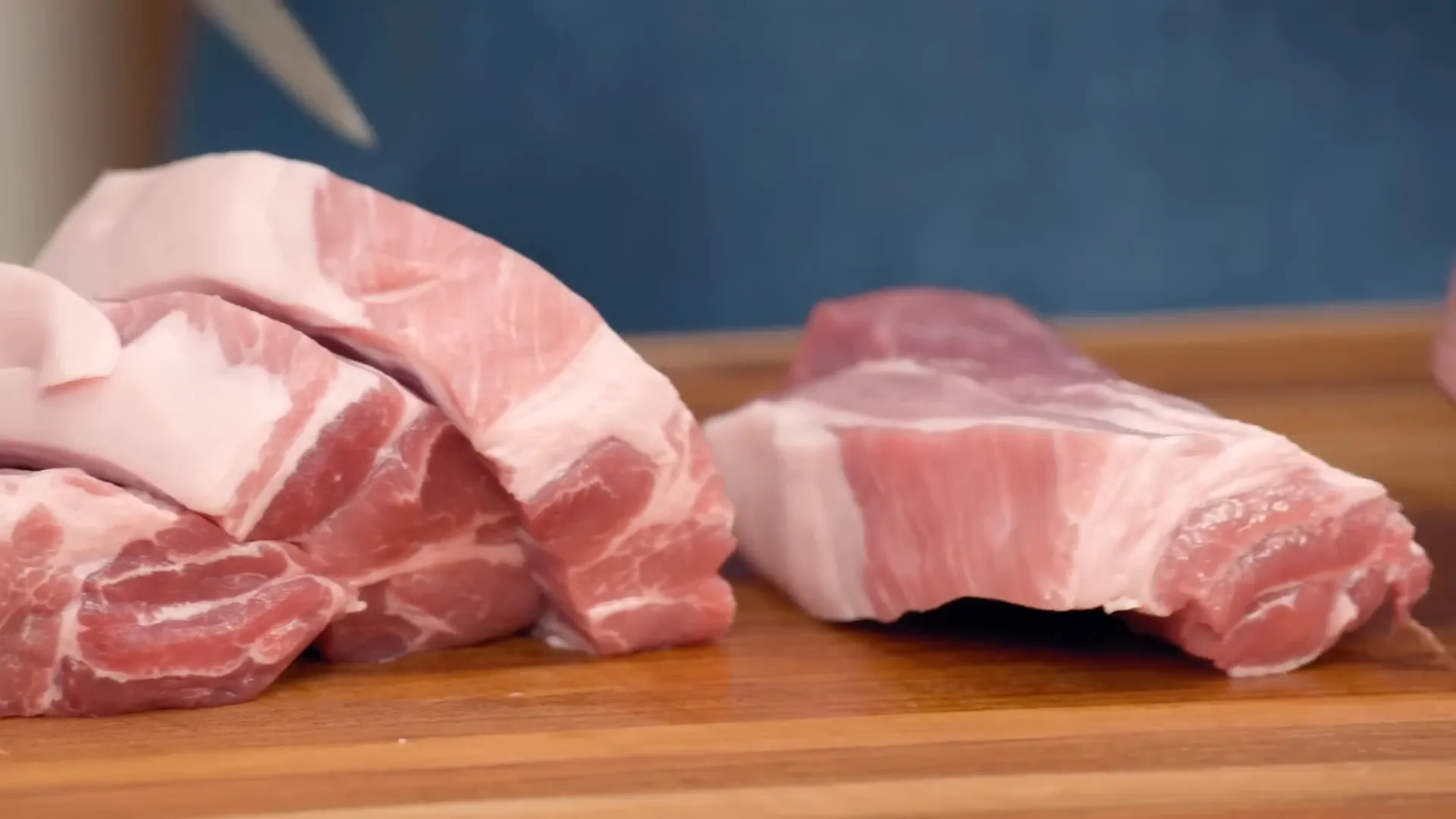
Adding complexity and a nod to tradition, chicken livers are incorporated into the hash. While pork liver is the classic choice, chicken livers are a more accessible substitute that still bring that essential offal richness to the dish. Eight ounces of finely chopped chicken liver are pulsed and added to the pot alongside the pork. This clever use of offcuts is a time-honored way to maximize flavor and minimize waste.

Building Layers of Flavor: Aromatics and Seasonings
The hash wouldn't be complete without a vibrant mix of aromatics and spices. One large coarsely chopped onion, six scallions sliced into one-inch pieces, and three smashed garlic cloves join the pot to infuse the dish with savory depth. To awaken the palate, the recipe calls for a generous tablespoon of black pepper, two teaspoons of table salt, and a half teaspoon of cayenne pepper—enough to tickle your throat without overwhelming your taste buds.
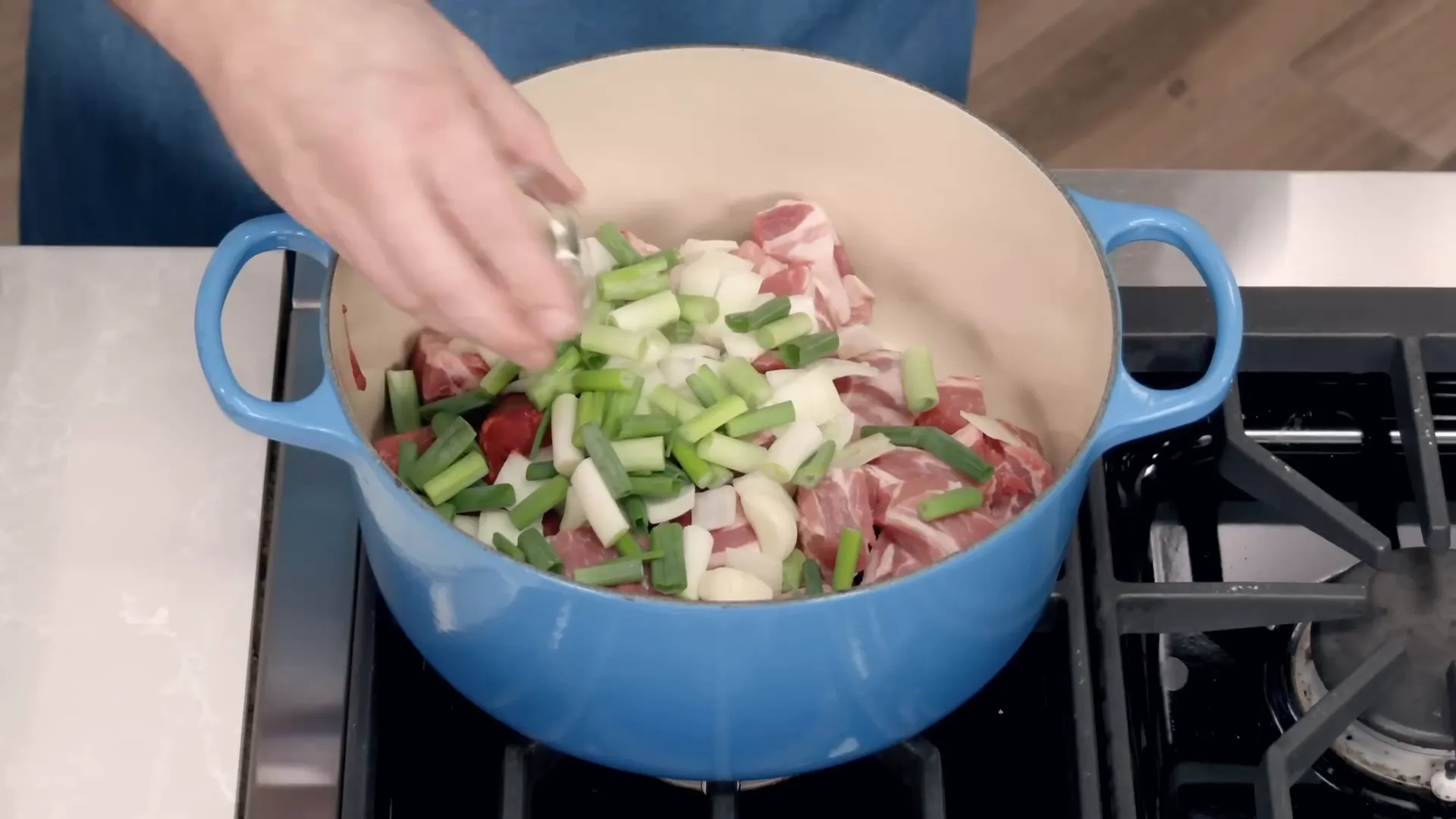
All these ingredients are then covered with four cups of chicken broth, bringing everything together in a flavorful stew base. The pot is brought to a boil over high heat before moving to the oven for slow cooking.
Slow Cooking for Tenderness and Flavor Concentration
Traditionally, South Carolina hash is cooked on the stovetop or over a live fire, where smoke mingling with steam creates an incredible flavor magic. However, this method uses a 300°F oven to slow cook the hash uncovered for about two and a half hours. Leaving the lid off allows the pork pieces above the liquid line to caramelize beautifully, while the broth reduces and thickens, concentrating the flavors.
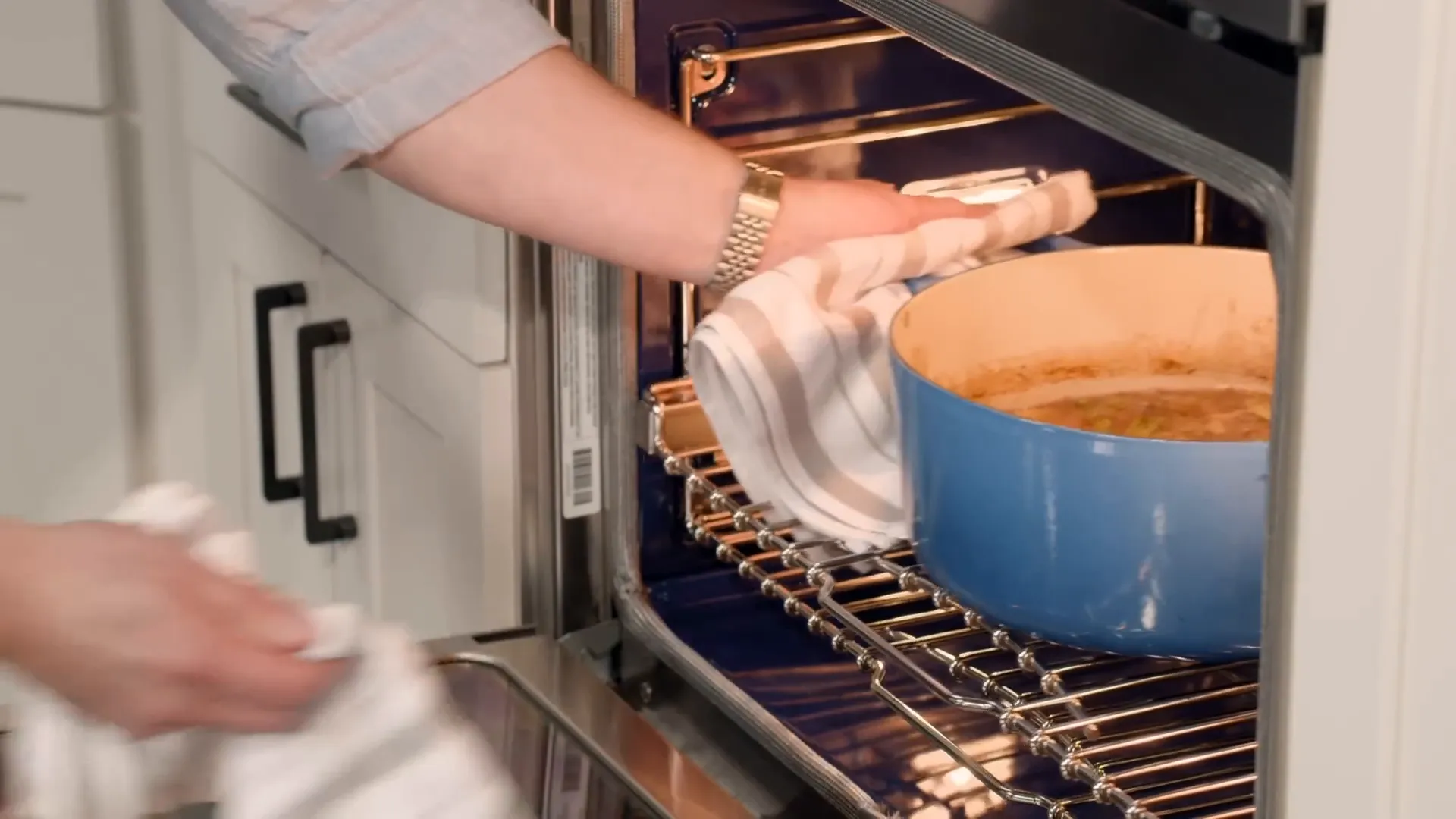
After this slow cook, the pork should be tender enough to shred easily with a gentle squeeze. This tenderness is key to creating the perfect texture for the hash.
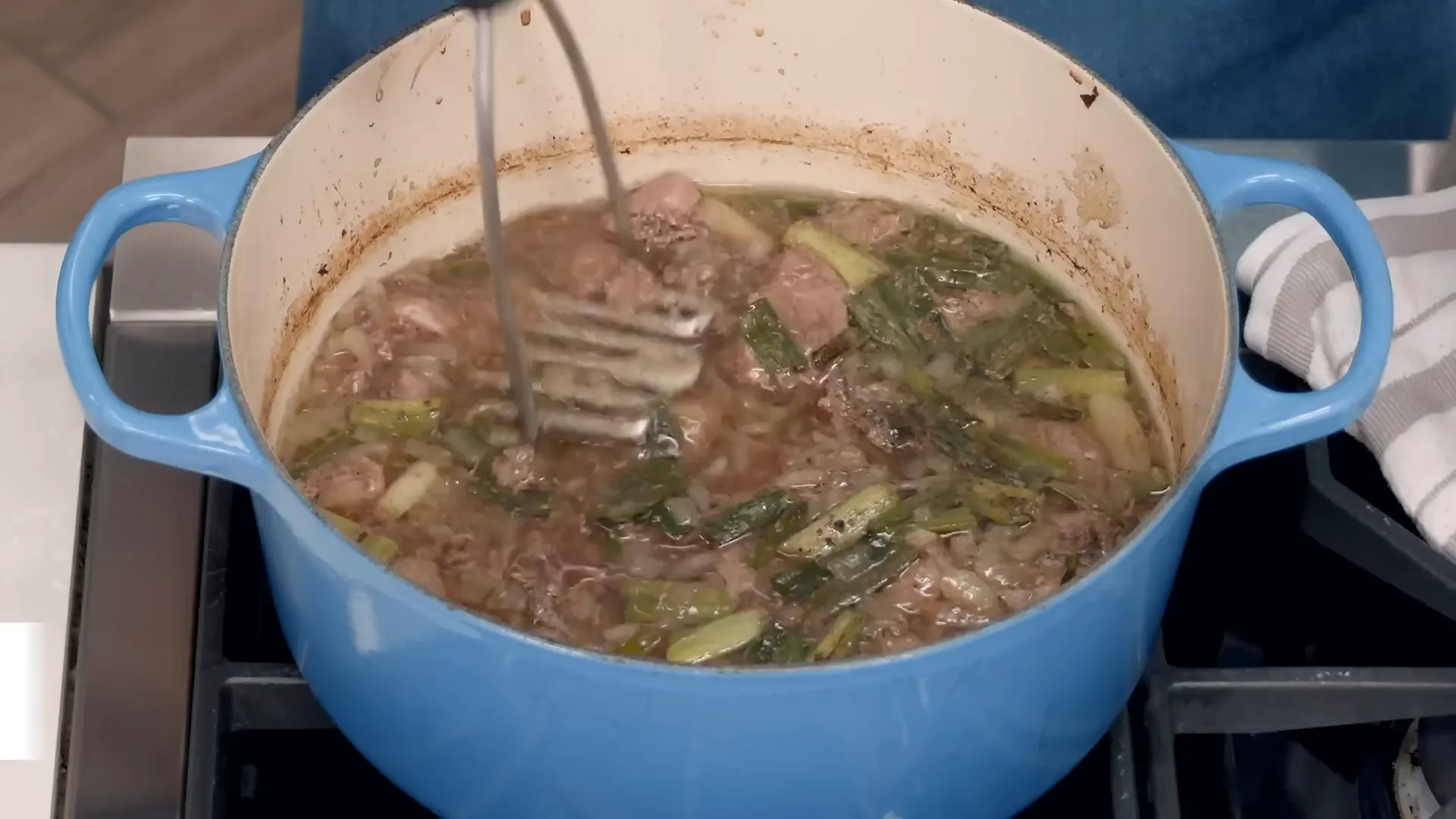
Mashing It Up: Creating the Classic Hash Texture
Once the pork is tender, it's time to mash and shred everything together. Using a potato masher, the pork, onions, scallions, and garlic are broken down into a coarse, stew-like consistency. This step transforms the mixture into the signature hash texture—chunky yet cohesive, with every bite packed full of flavor.
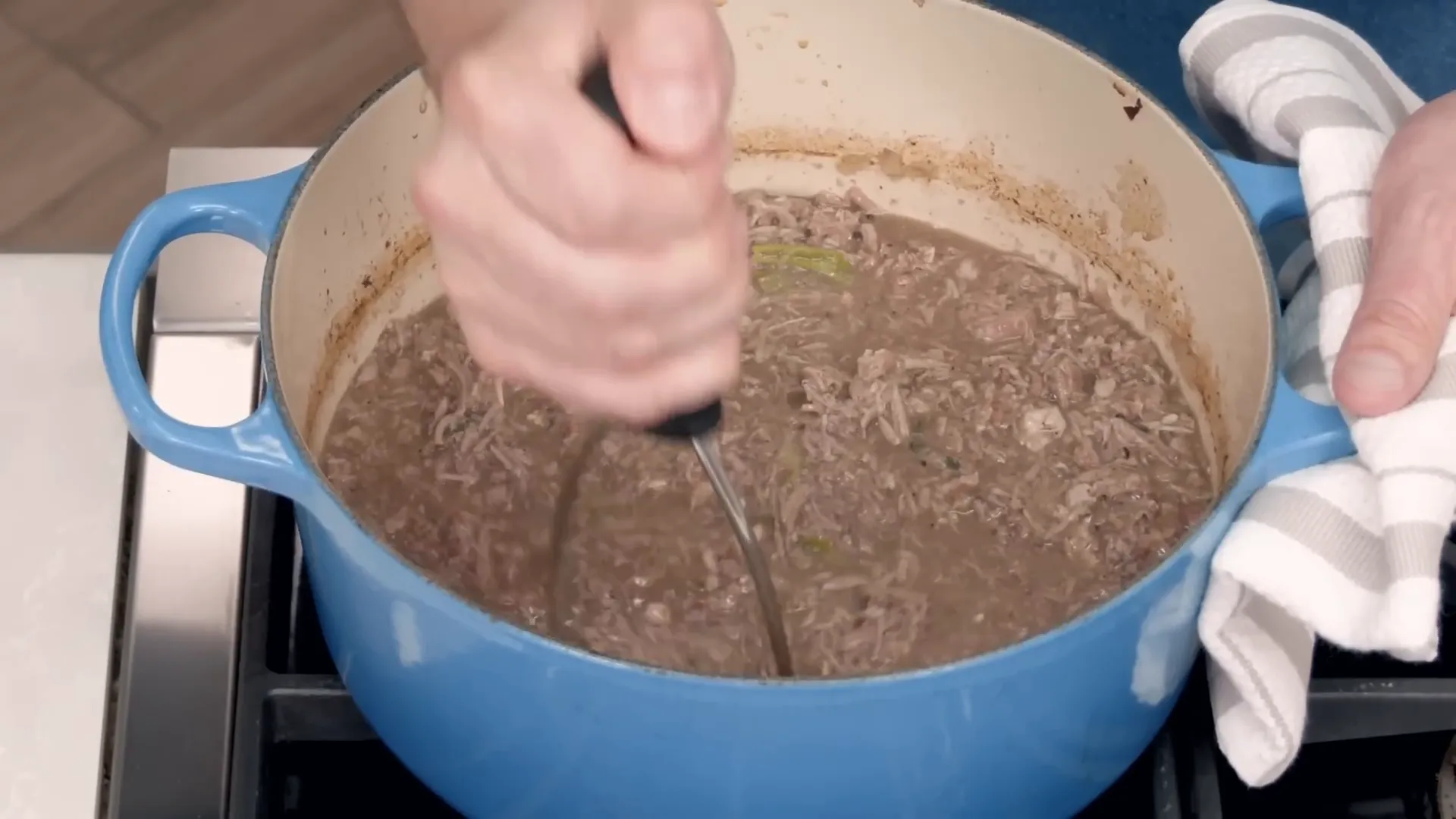
Finishing Touches: Mustard, Vinegar, and Sweetness
What truly sets West Columbia style mustard-based hash apart is its tangy, slightly sweet finish. To the mashed hash, add one and a quarter cups of yellow mustard, a third of a cup of cider vinegar, and three tablespoons of brown sugar. These ingredients balance each other perfectly, creating that classic mustard hash flavor that South Carolina is famous for.
For an extra kick, stir in a teaspoon of hot sauce and Worcestershire sauce. Then, bring the mixture to a boil over medium-high heat before reducing to a simmer for about ten minutes. This step reemulsifies the fat and broth, thickening the hash to a luscious consistency that's perfect for spooning.

Serving Suggestions and Flavor Tips
The best way to enjoy this hash is poured generously over a bowl of steaming white rice. The hash forms a flavorful blanket over the rice, creating an irresistible combination of tangy, savory, and slightly sweet bites. Traditionally, hash is served in Styrofoam cups at South Carolina barbecue joints, where diners dig down through layers of rice and hash, savoring every spoonful.
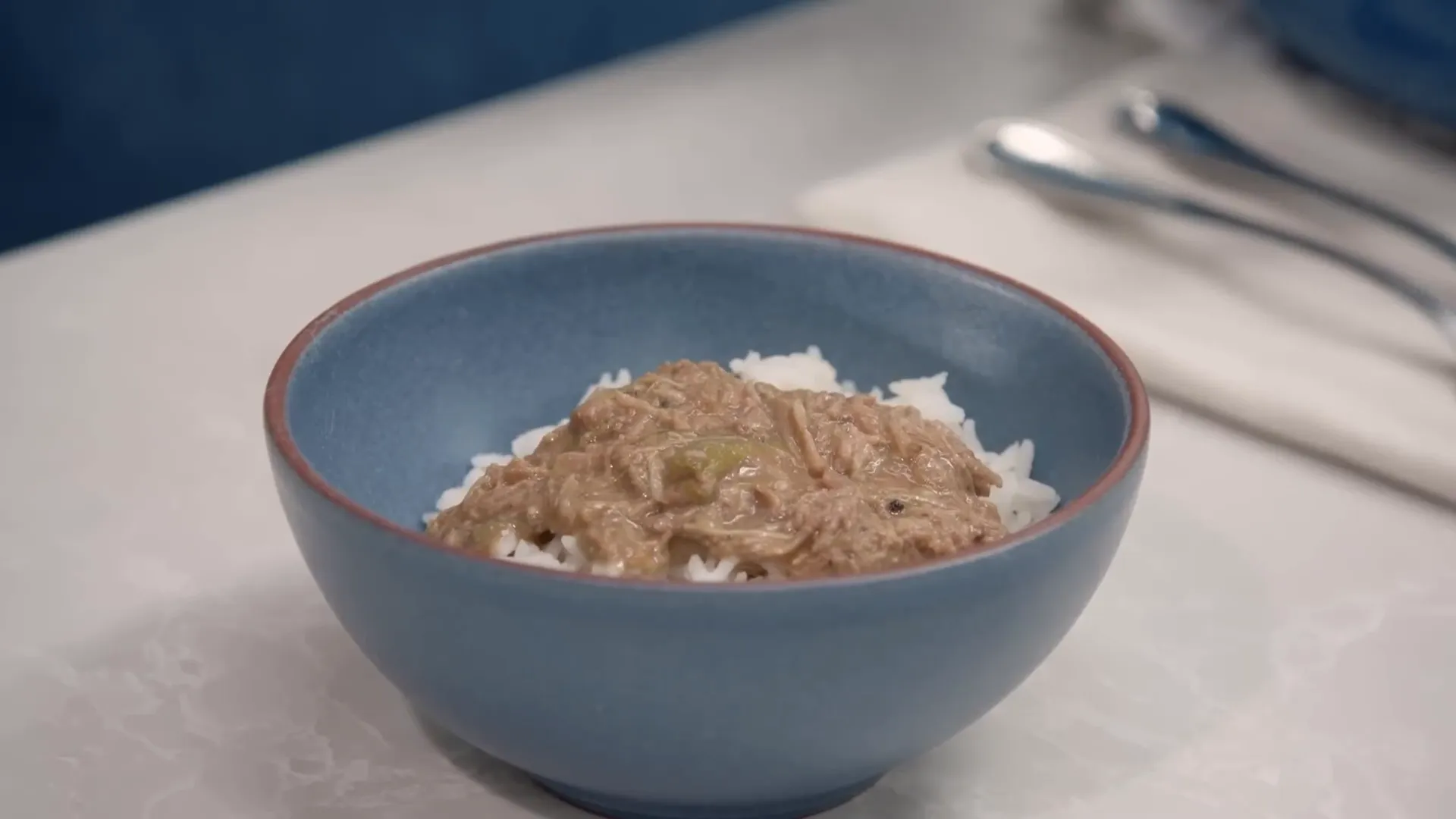
Seasoning is key to bringing out the full flavor of the hash. Don’t be shy with salt, black pepper, and cayenne pepper—they should gently clear your throat and wake up your taste buds without overwhelming them. Many locals also enjoy adding a good splash of hot sauce for extra heat and depth.
Why This Hash is a South Carolina BBQ Staple
This hash is more than just a side dish; it’s a cultural icon in South Carolina barbecue. In many barbecue restaurants, the reputation of the joint is built on their hash just as much as their smoked meats. The tender pork, rich offal, and bold mustard-based sauce create a comforting dish that’s simple yet packed with layers of flavor.
Whether you’re a barbecue aficionado or just looking for a new recipe to try, this South Carolina style mustard-based hash is a must-make. It’s a fantastic way to explore regional cooking traditions while enjoying a hearty, delicious meal.
For more inspired cooking recipes and tips, explore America’s Test Kitchen and discover the joy of mastering dishes that bring flavor and comfort to your kitchen.
This article was created from the video Need Pork Stew Meat Ideas? Try This South Carolina Style BBQ Hash | America's Test Kitchen with the help of AI.
Discover the Magic of South Carolina Style Mustard-Based BBQ Hash: A Must-Try Cooking Recipe. There are any Discover the Magic of South Carolina Style Mustard-Based BBQ Hash: A Must-Try Cooking Recipe in here.
